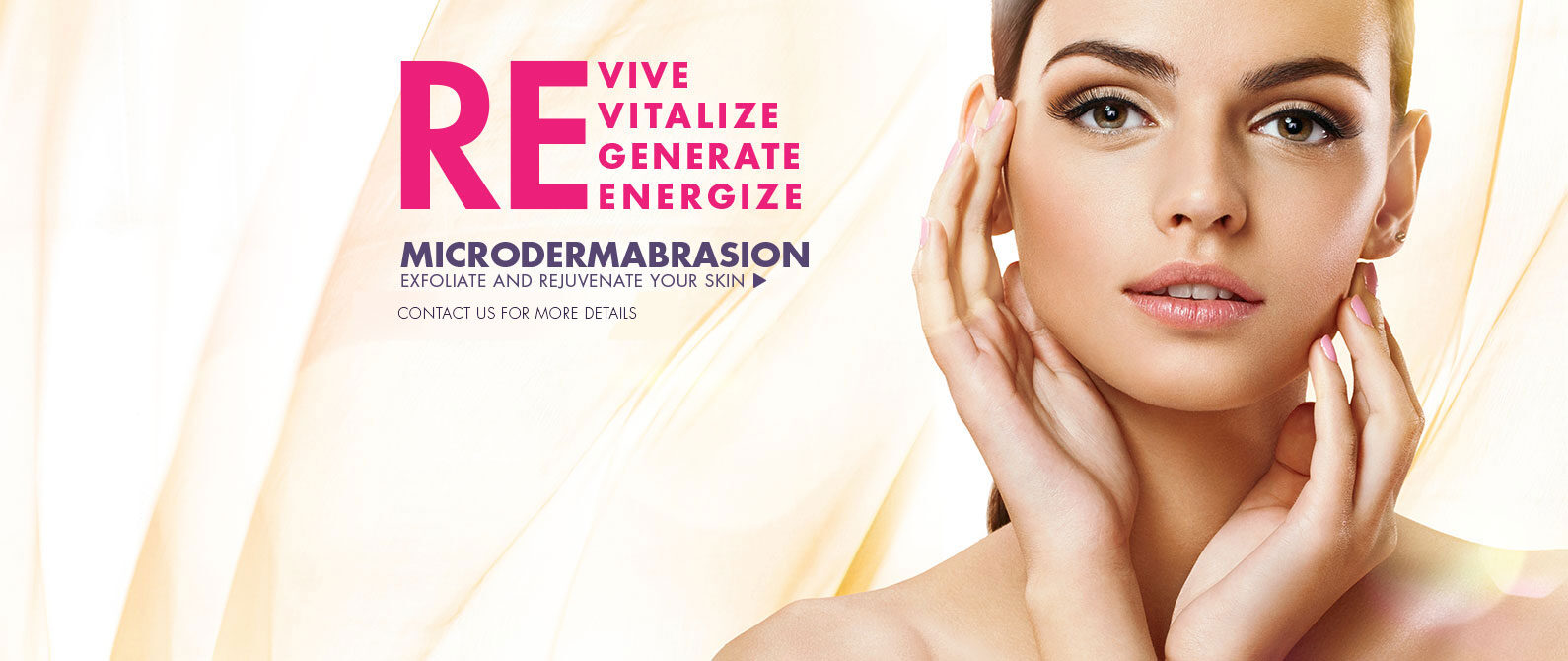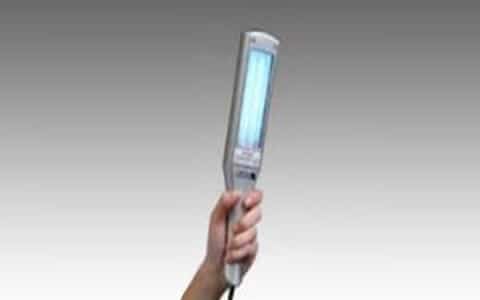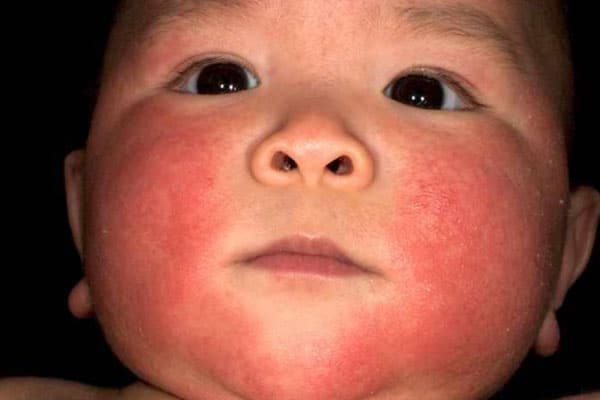 Psoriasis is a common inherited skin disorder, which may vary considerably in extent and severity. Neither phototherapy nor any other available treatment effects a permanent cure.
Psoriasis is a common inherited skin disorder, which may vary considerably in extent and severity. Neither phototherapy nor any other available treatment effects a permanent cure.
PUVA is usually reserved for patients in older age groups, or for those whose psoriasis is either severe or not responding adequately to more conventional forms of treatment. For example, psoriasis with very thick and scaly plaques on trunk and limbs. In approximately 90% PUVA is effective in clearing psoriasis, and can often control it as long as treatments are continued (although this is rarely recommended). Psoriasis in body areas shielded from light (e.g. scalp and body flexures) may not clear satisfactorily with PUVA.
Initially most patients have their treatment two or three times a week. The first few exposures will be short (less than 5 minutes). The length of exposure is gradually increased, according to the patient’s response, up to a maximum of 30 minutes per session. Few patients require such long exposures, most being controlled with shorter times.
Most psoriasis patients will have their psoriasis cleared or much improved after 12 to 24 treatments. At this stage treatments may be reduced to once a week or less. Even without treatment, the skin may remain clear for some months. However, the psoriasis may later flare up again, and PUVA may be recommenced.
Those few cases of psoriasis which appear to be resistant to PUVA may still be helped by combining PUVA with other treatments (e.g. ointments or tablets).










 Psoriasis is a common inherited skin disorder, which may vary considerably in extent and severity. Neither phototherapy nor any other available treatment effects a permanent cure.
Psoriasis is a common inherited skin disorder, which may vary considerably in extent and severity. Neither phototherapy nor any other available treatment effects a permanent cure. PUVA is occasionally used for severe cases of dermatitis. Frequency and dosage of treatment is similar to that used for psoriasis. However, a course of phototherapy may need to be more prolonged than that generally required for psoriasis.
PUVA is occasionally used for severe cases of dermatitis. Frequency and dosage of treatment is similar to that used for psoriasis. However, a course of phototherapy may need to be more prolonged than that generally required for psoriasis. Patients with Vitiligo have areas of completely white skin. PUVA can bring about some re-pigmentation, particularly for Vitiligo of the face, and in dark-skinned patients.
Patients with Vitiligo have areas of completely white skin. PUVA can bring about some re-pigmentation, particularly for Vitiligo of the face, and in dark-skinned patients.